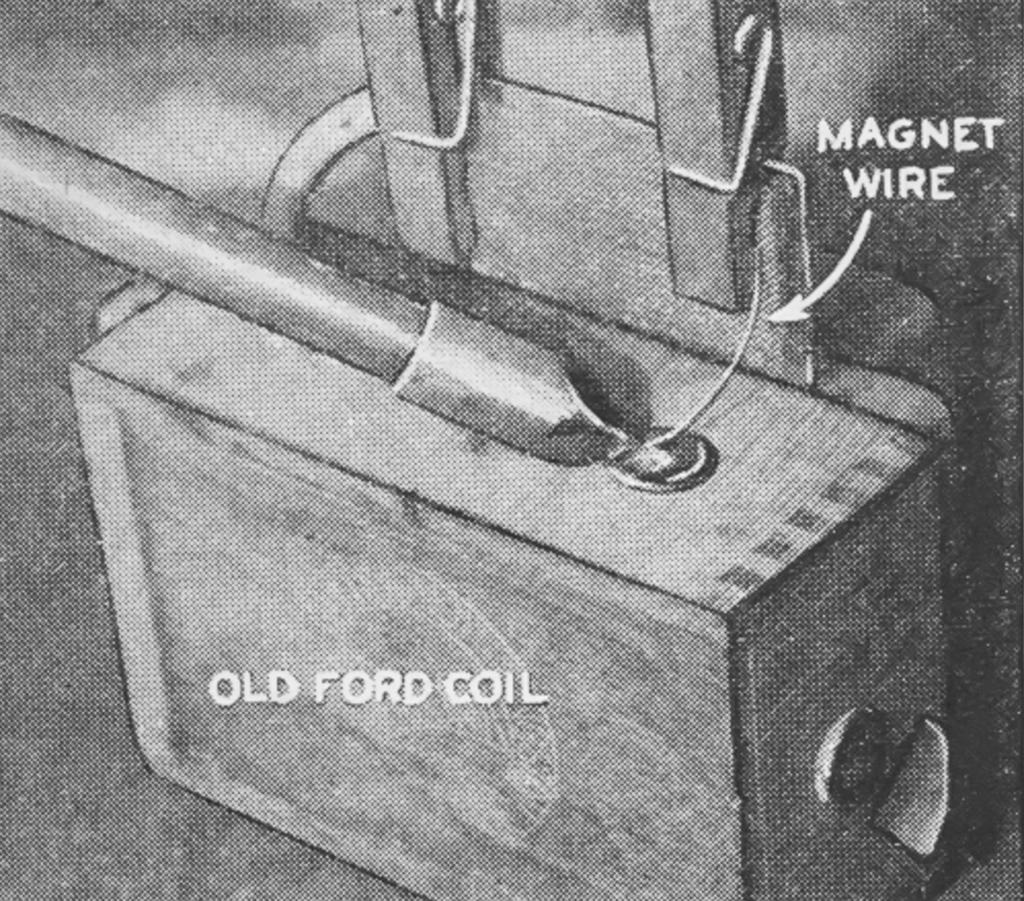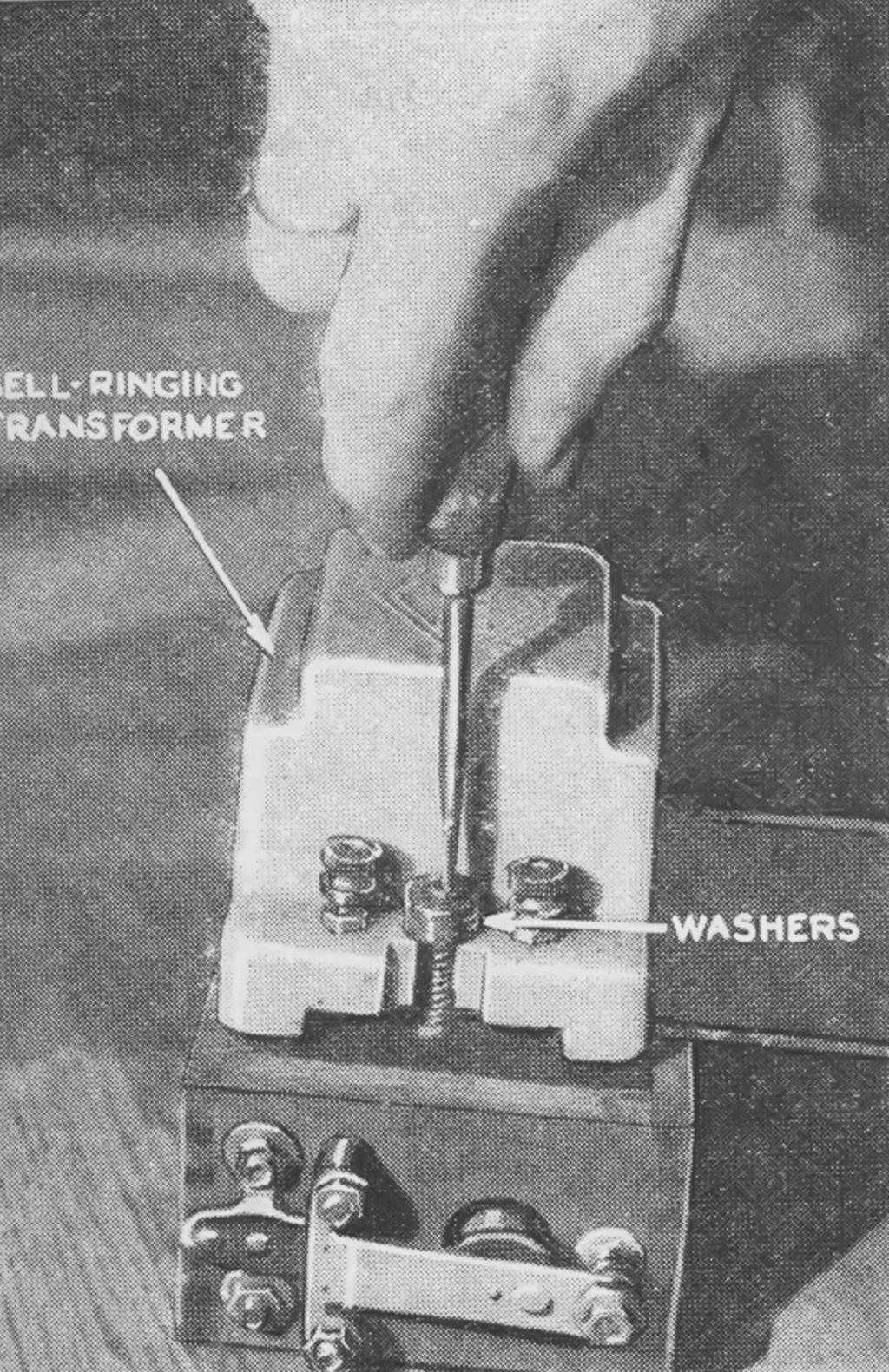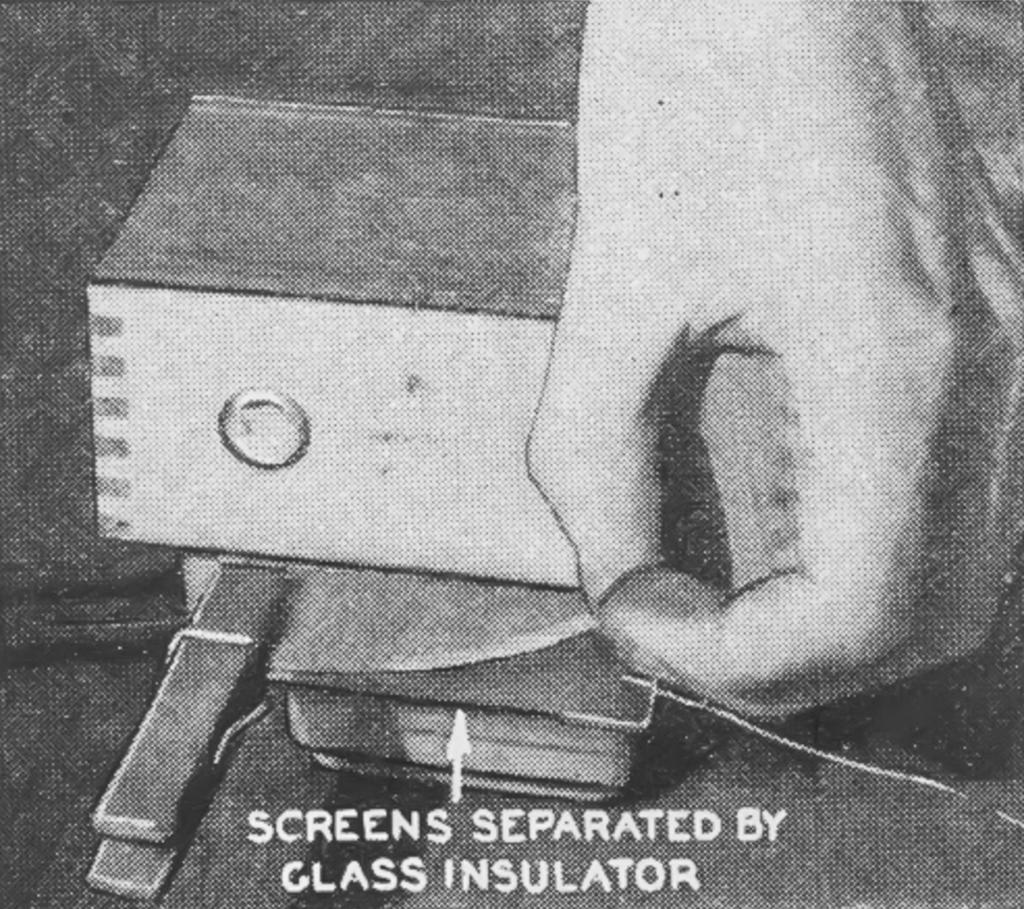TCBA Volume 6 - Issue 1
Page 10 of 18
Making an Ozone Generator
A Home-Made Air Purifier by Walter E. Burton
“How fresh the air in here seems.” Mrs. Adams remarked as she and her husband seated themselves at the bridge table.
“Yes, it makes me think of a fresh sea breeze - or a summer day just after a thunder storm,” Mr. Adams agreed.
“Oh, that's just an ozone generator that Charles built,” Mrs. Davis explained. “It's that little box over there on the table, and it is very useful for killing undesirable odors and sweetening the atmosphere of the house.”
“What is ozone, and what is an ozone generator?” Adams inquired.
“Let Charles tell you about it. He built the thing,” Mrs. Davis suggested.
“Ozone,” Davis began, “is, as the chemists say, 150 percent oxygen. That is, it is a gas formed by breaking down ordinary oxygen molecules or particles with an electric discharge of high voltage, and letting them reunite in such a manner that three oxygen molecules make two ozone particles. It is a wonderful air purifier,” Davis declared. “It kills odors arising from smoking, cooking, paint, perspiration and, in short, almost everything disagreeable.
“The box itself is a simple wooden shell that houses an old-type Ford spark coil, a bell-ringing transformer to reduce the house lighting current to about 12 volts, and a spark or discharge gap made by cementing, with shellac, two rectangular pieces of fine wire screen on opposite sides of a sheet of window glass. The slits you see near the top of the box are ozone outlets, and there are holes in the bottom for ventilation and admission of fresh air, which is about one-fifth oxygen.”



